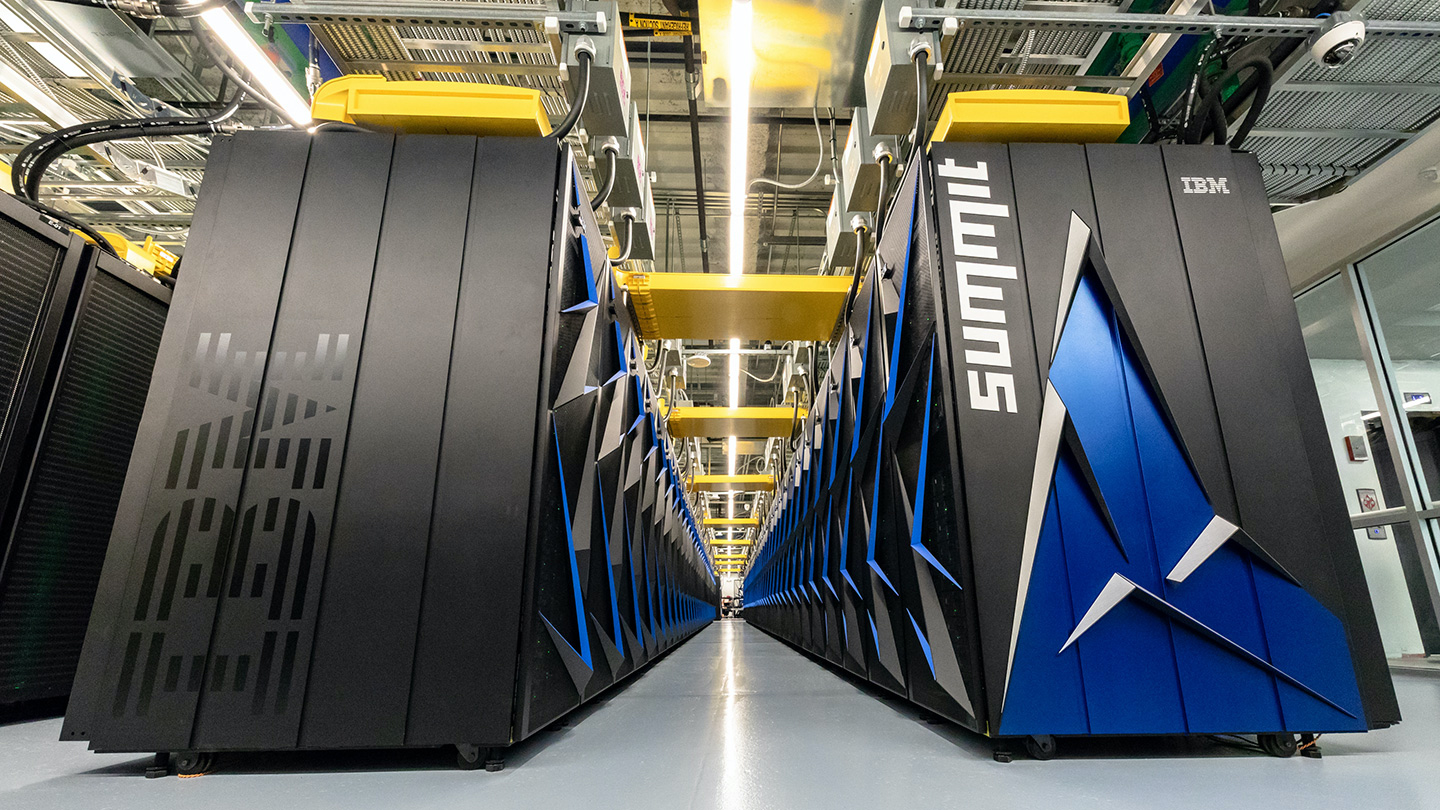
The Oak Ridge National Laboratory (ORNL) Summit supercomputer is being decommissioned this month after spending several years churning through data 24/7. As part of its retirement, HPC Guru said on X that the ORNL planned a virtual farewell on Zoom for the once most powerful computer in the world. And although it’s set to be retired this month, it’s still running at almost full power, with only about 0.5% of its nodes running idle.
The supercomputer has been used by thousands of customers worldwide for various reasons. It even ran during the 2020 Coronavirus Global Pandemic and helped find a protein that would bind with the virus and prevent it from infecting people. Even as newer, more powerful supercomputers emerged, Summit was still able to retain the ninth spot in the Top 500.
Still, the Frontier supercomputer, which currently holds the top spot as the most powerful supercomputer, is already running in ORNL since 2022. Although it consumes over two times the power that Summit needs (22,768kW versus 10,096kW), it delivers over eight times the computing performance, making it far more efficient. The national laboratory is also working on diamond-based quantum accelerators with Quantum Brilliance (QB) as part of its research on quantum computing.
Virtual farewell on Zoom for #Summit planned for tomorrowThe current #9 #supercomputer is busy till the last minute - only 27 out of 4742 nodes are currently idleInfo courtesy Constantinos Evangelinos (@ce107@mast.hpc.social)https://t.co/08oDO8H071#HPC #AI @OLCFGOV https://t.co/7thQHAVPsfNovember 15, 2024
Power efficiency is the number one problem for many supercomputers and AI data centers, especially as the latest generations of processors, both AI and otherwise, consume more and more power. This has reached the point that many companies, like Google, Microsoft, Amazon, and Oracle, are investing in nuclear energy to deliver the projected power needs of future processors.
However, even current data centers are asking for more power, with Elon Musk’s xAI Colossus just getting approval for 150MWs of electricity from the Tennessee Valley Authority (TVA). All this meant that many companies were missing their climate targets, with Google’s carbon footprint jumping by more than 40% from 2019 and Microsoft’s greenhouse gas emissions increasing by nearly 30% from 2020. A former Google CEO even suggested suspending climate targets to alI technologies to go full tilt and then use that technology to catch up in the future.
While we cannot stop humanity’s desire for more computing power, ORNL’s move to retire its supercomputer for a more efficient one is a step in the right direction. Hopefully, chip makers like Nvidia, AMD, and Intel could make processors as efficient as they are influential in the future, thus reducing humanity’s demand for more electricity.







